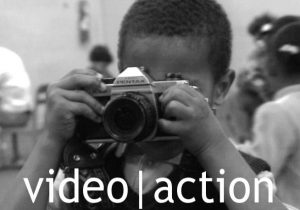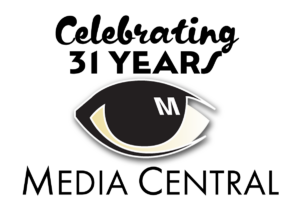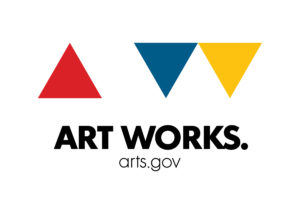By Tara Jabbari
January’s Screenwriters Roundtable was led by scriptwriter and WIFV member, Lisa Scott and here are the biggest takeaways:
– Do a lot of research before you ever actually write the script.
From reading scripts, watching films or television shows while simultaneously reading the scripts, to writing the treatments, there are a lot of things that need to be done before you ever actually write the script. Even before all of that, first think, what is the purpose of your story? Who is your target audience? Then research by finding similar material and learn from them.
– There is no right or wrong way of doing it, just better ways.
We discussed everything from Tootsie to Sharknado, the screenplays that went on the screen and made money. They all had an audience and in some capacity, were successes. Therefore, we can learn from reading their scripts and watching them. But that is if we want to write something similar. Which comes back to…
– Read and watch material that is what you want to write about.
Scott explains, “Read as many scripts, watch them. Or watch the films or TV shows and write every single scene that happens. But do this with material that is what kind you want to also write about. That way, you can learn more about pacing, character and plot development for your own story. Don’t worry, you wont copy their story and characters, it will just expand on yours.” She explained that whenever she wonders how to move forward on a script, she goes to a few films that have a similar situation and watches how they moved forward. That has helped her more was more than anything else.
– The treatment is a powerful tool, if not the most important tool.
While the treatment is never meant for anyone’s eyes but the screenwriter, the treatment is imperative. It is the entire story in narrative form. You need to add motivation for every character, what they are doing, what each character is learning, what the audience is learning and the purpose of each scene. The best thing to strive for is that a new scene reveals something new about the character and moves the story forward. But if that is not possible, make sure each scene does one or the other; otherwise, it does not need to be added.
– Dialogue is the last thing to write.
A common mistake is many writers start by writing the dialogue. Scott continuously reminds us to keep thinking of “What is the purpose of this story and what is the purpose of this scene?” This is to help us as writers become prepared for when producers ask, “Why should we spend money making this?” and when audiences ask, “Why should we spend money watching this?”
Knowing these beginning steps before writing your script can save you months of writing drafts and mistakes. So start researching, reading and writing that treatment!
The next workshop with Lisa Scott will focus on Formatting and Style as well as reading and briefly dissecting the first five pages of this year’s Academy Nominated Best Screenplays.
















